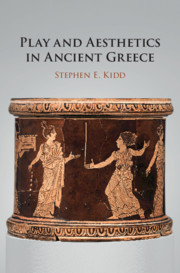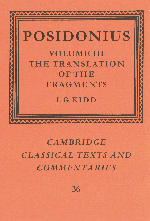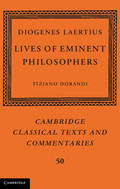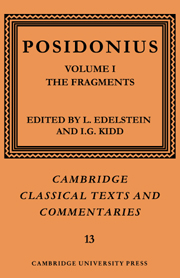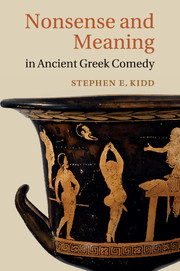Play and Aesthetics in Ancient Greece
What is art's relationship to play? Those interested in this question tend to look to modern philosophy for answers, but, as this book shows, the question was already debated in antiquity by luminaries like Plato and Aristotle. Over the course of eight chapters, this book contextualizes those debates, and demonstrates their significance for theoretical problems today. Topics include the ancient child psychology at the root of the ancient Greek word for 'play' (paidia), the numerous toys that have survived from antiquity, and the meaning of play's conceptual opposite, the 'serious' (spoudaios). What emerges is a concept of play markedly different from the one we have inherited from modernity. Play is not a certain set of activities which unleashes a certain feeling of pleasure; it is rather a certain feeling of pleasure that unleashes the activities we think of as 'play'. As such, it offers a new set of theoretical challenges.
- Offers a new theory of play from antiquity
- Collects all the evidence that connects play to art in ancient thought
- Systematically thinks through the ancient connections of play and art to offer a play-based theory of art
Product details
April 2023Paperback
9781108710077
248 pages
228 × 152 × 13 mm
0.36kg
Available
Table of Contents
- Acknowledgments
- List of abbreviations
- Introduction
- 1. The Pais of Paizō: children, intoxication, and play in ancient psycho-physiology
- 2. Why Plato needs play
- 3. Plato's play and the tragic paradox
- 4. What do pleasure-objects do? An inquiry into toys
- 5. Aristotle's demotion of play
- 6. Play vs. mimesis in Aristotle's aesthetics
- 7. Serious play as goal-oriented play
- 8. The value of serious things before and after death
- Conclusions: toward a pleasure-model of play
- Bibliography
- Index.

